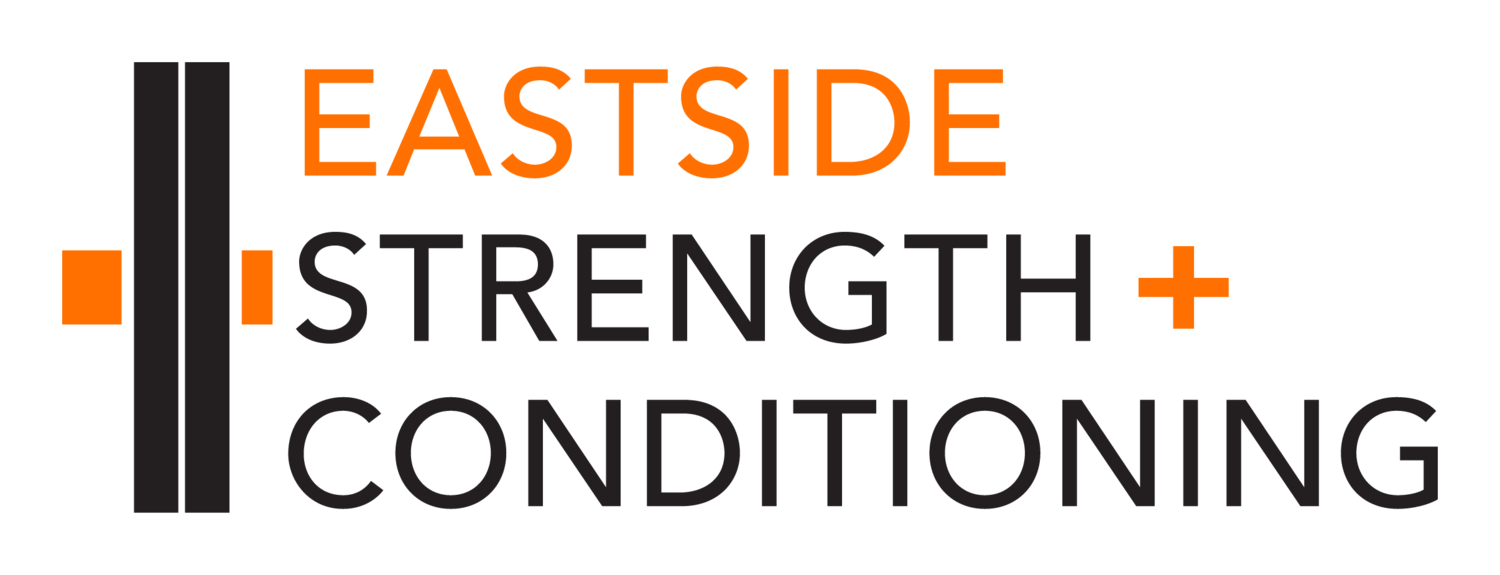DIY nutrition
Now, if you want your performance, health, fitness, energy levels, and body composition to reach—or even approach—their potential, the other, even bigger, more foundational piece is diet. No surprise there.
Oh crap, you mean I have to go on a diet?
Not exactly. “Diets,” in the usual sense, tend not to work. What does work is keeping a close eye on overall consumption (calories in) AND balancing your macronutrient (protein, carb, fat) intake appropriately.
Most of you probably know what this means: yes, you have to get your carb intake under control. (And, duh, you have to get overall intake under control: Calories in/calories out. Basic laws of thermodynamics. You know the drill. As someone in the gym said the other day, sometimes what you gotta do is "Put down the fork, dammit.")
So is this a fad? Do I have to go “low-carb”? Are you going to make me do that Atkins thing?
No, this is not a fad; this is a rebalancing of intake to what the human body needs, wants, and functions best on—and has for millennia, up until the advent of large-scale farming and (over)processing of grain, supermarkets, and (over)packaged, convenient, flavor-“enhanced” “food products.” And what that looks like in this day and age is making sure you consume enough protein and getting a grip on the carbs. You need them—especially if you’re CrossFitting and/or doing other strenuous activity. In fact, you need roughly 40% of your daily caloric intake in the form of carbohydrate. But if you’re not as lean as you want to be, and you’re not just plain eating too darn much food), it’s probably largely about unfavorable carbs. (I know: sigh.) They’re good (addictive, even), they’re everywhere, and, in a lot of cases, we’ve been told they’re healthy (because, hey, they’re low-fat! Oy.).
------------------------------------------------------------------------------------------------
Why the Zone?
The best nutrition plan is one that balances macronutrients in a way that promotes all-around health, keeps hormones at beneficial levels, fuels athletic performance, and supports appropriate bodyfat levels.
The best guidelines we’ve found for balancing it all out are those described in the Zone “diet.” Thinking of food in terms of macronutrient blocks is an easy and convenient way to look at it.
9 grams of carbohydrate = 1 block of carbohydrate
1.5 grams of fat = 1 block of fat
How many blocks you should eat per day (and per meal) varies according to your build, sex, body fat, and activity level. Most men will need from 15 to 20 blocks per day (of each macronutrient) and most women from 10 to 14 blocks. There are complicated charts and calculators for determining exactly what your personal block prescription should be, but we can do a pretty good job of eyeballing it for you. As with most things, you can try a certain set of inputs (block prescription), stick to it for a while, and then adjust accordingly based on outputs (your body and performance).
------------------------------------------------------------------------------------------------
Oh, and P.S., no one’s going to make you do anything, diet-wise. Mistress Krista, general smart cookie and one of our favorite online fitness colleagues, says it well:
